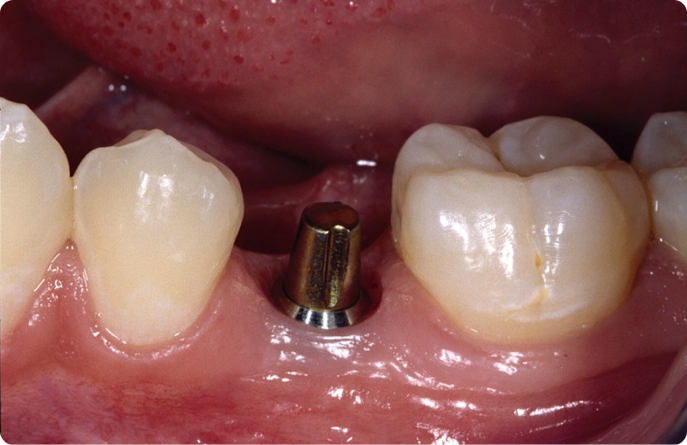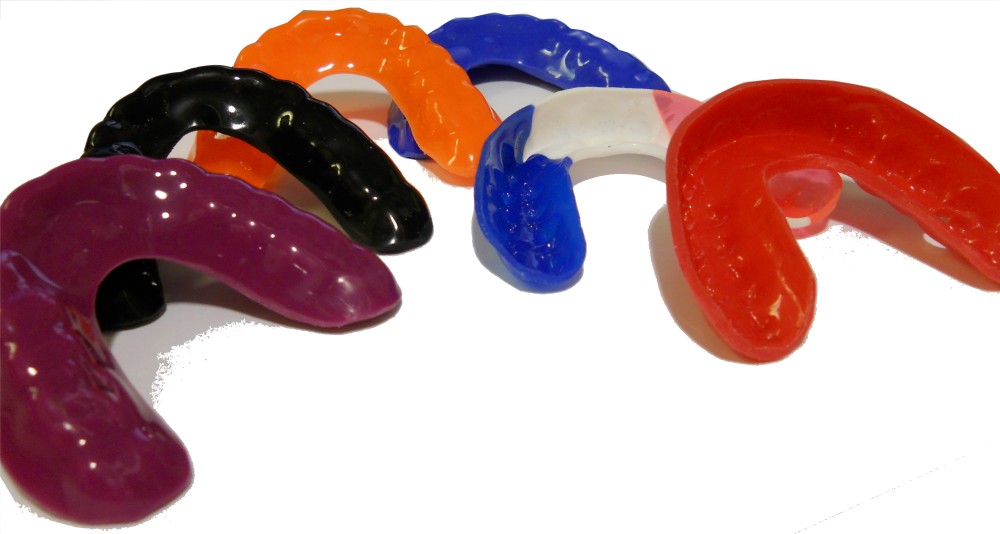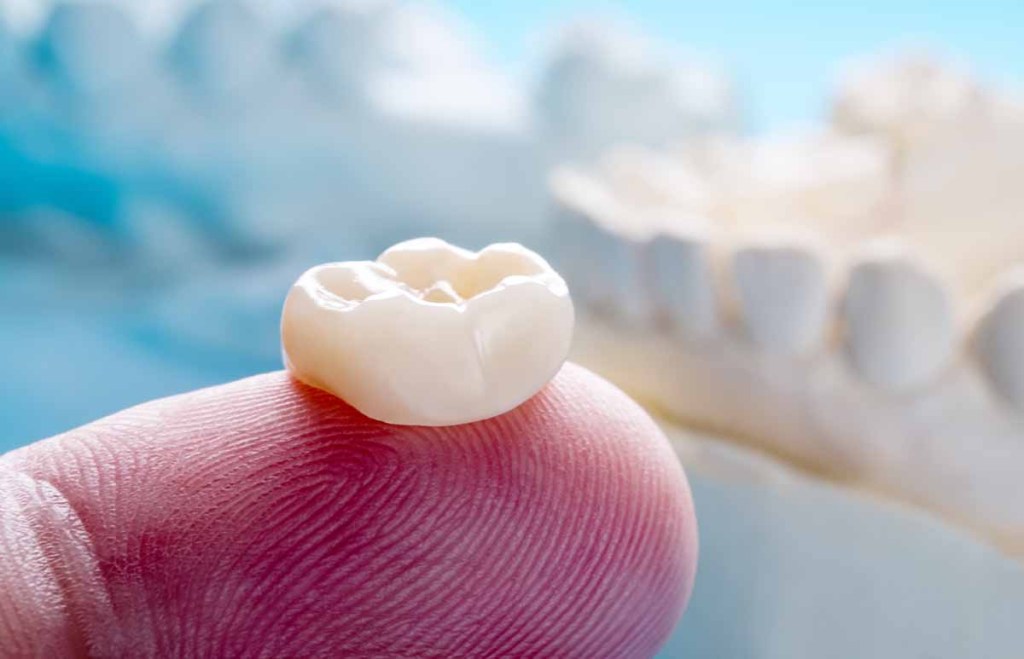Making dietary choices to favor your dental health can be challenging. You may wonder whether or not milk is good or bad for teeth. Is there any chance for milk to contribute to tooth decay? Several studies suggest that milk can be a great companion for your teeth.

In this article, we will discuss things that you need to know to determine the appropriate use of milk to help your oral cavity.
The need for milk
Not only are milk and other dairy products are delicious, but they also contribute to overall health by supplying an ample amount of calcium to the body. This mineral supports metabolic processes in your body. Moreover, 90% of it is stored in the bones and teeth. The National Institute of Health (NIH) recommends a daily intake of at least 200mg to 1,300mg of calcium for infants and toddlers. The amount can vary with age, depending on the requirements.
Dairy against tooth decay

Our dental health benefits from milk and dairy products. But do you know why? According to the University of Illinois at Chicago (UIC) College of Dentistry, there are several benefits of having dairy products in your diet.
- The first benefit is that those products contain casein protein, which contributes to the formation of a protective film on your teeth. This film protects your tooth enamel from acids and bacteria that can initiate tooth decay.
- Dairy products are rich in calcium and phosphorus, both of which are the minerals that reverse damage to your teeth in various ways. These minerals are helpful, particularly when it comes to reversing the damage caused by bacteria and acids.
- These products are usually pH-neutral, meaning that their intake can help reduce acidity in your mouth. You can consider having a glass of milk after a meal or snack.
- Another one of the most significant benefits of dairy products is that they stimulate the production of saliva in your mouth. Saliva washes away leftover food particles and harmful bacteria, allowing you to have healthy teeth.
Remember, having milk covers only one aspect of a healthy diet. You have to make sure that your diet is more balanced. For this purpose, you have to have vegetables and fruits in your diet plan.
Getting more milk
Calcium is present in many foods and drink. Milk, however, is the easiest and most accessible food that contains calcium in an ideal amount. And what’s even better is that the calcium in milk absorbs more quickly in the body compared to other resources.
If you are not a fan of drinking milk, you can still get calcium in a lot of other ways. Here are the dairy products that you can have in this regard.
- Yogurt, with or without fruits
- Cheeses
- Buttermilk
- Frozen yogurt and ice cream
- Calcium-fortified soy milk
Milk instead of soda
If you want to have a beverage, let it be milk instead of soda. Soda can do exactly the opposite of what milk can do to your teeth. You can at least limit the consumption of soda if it is to avoid it at all.











